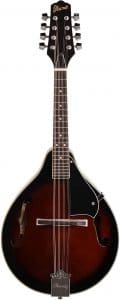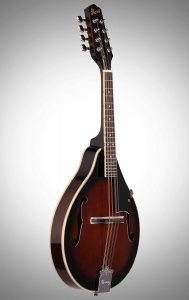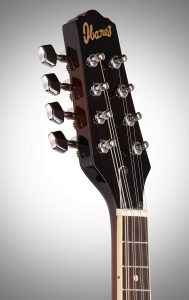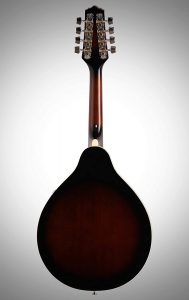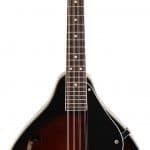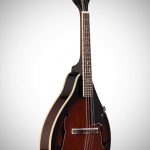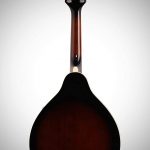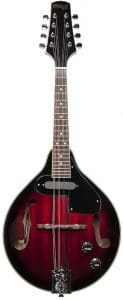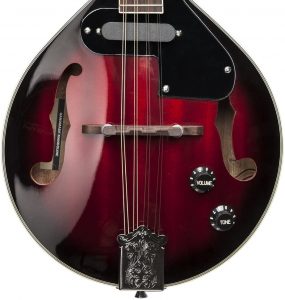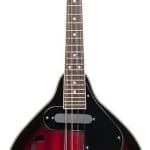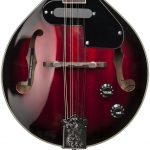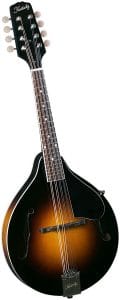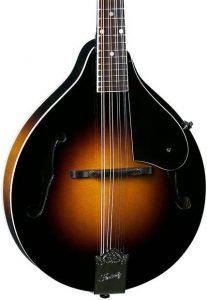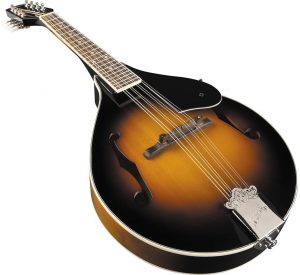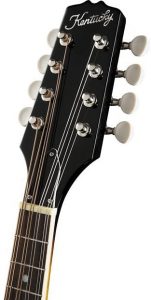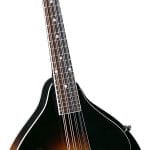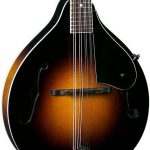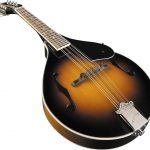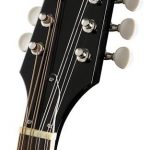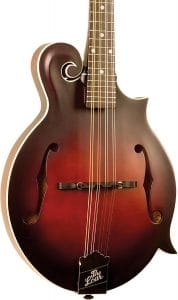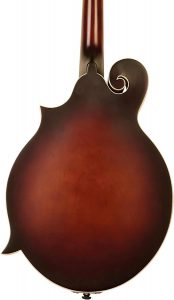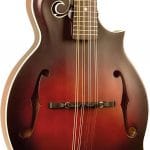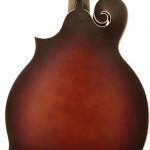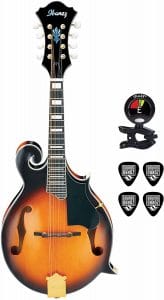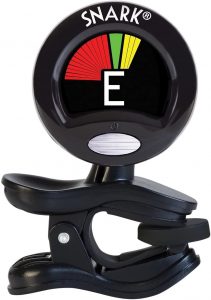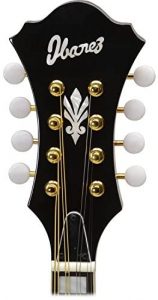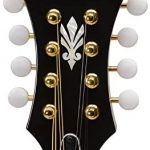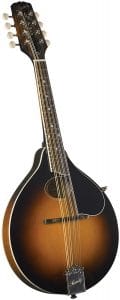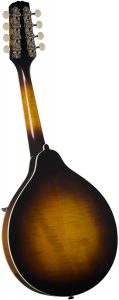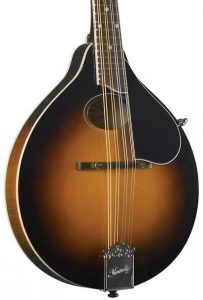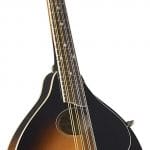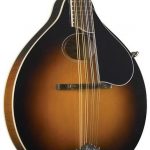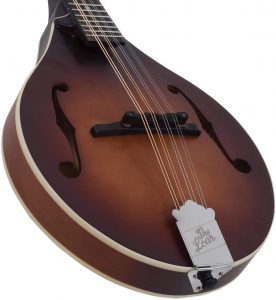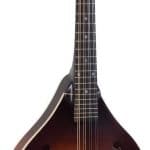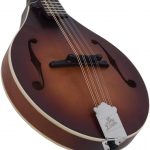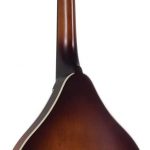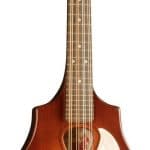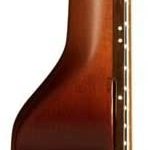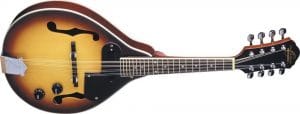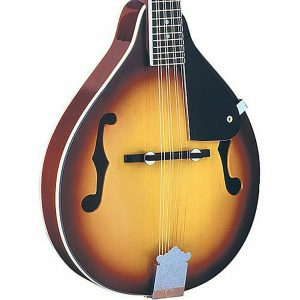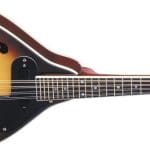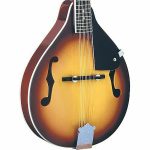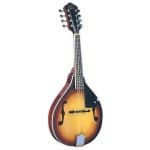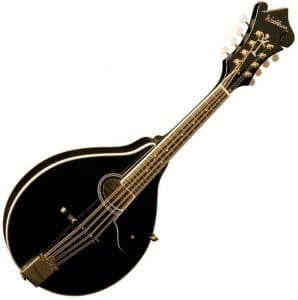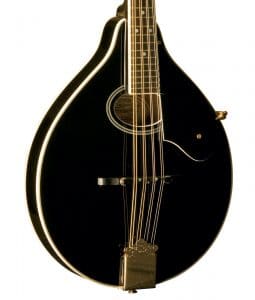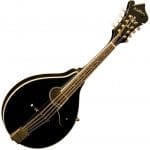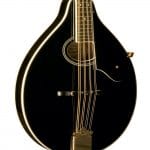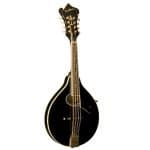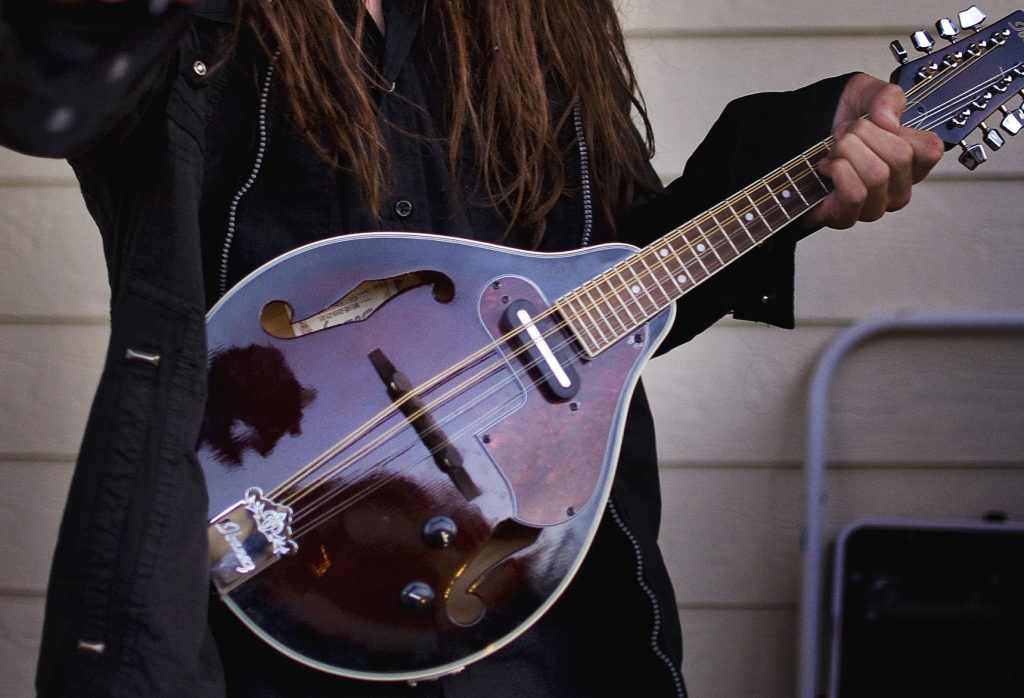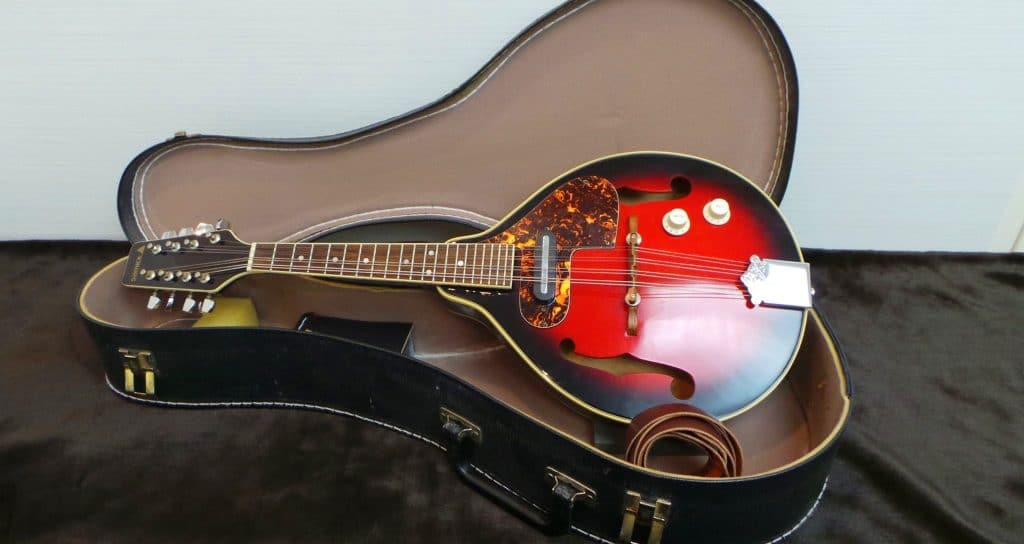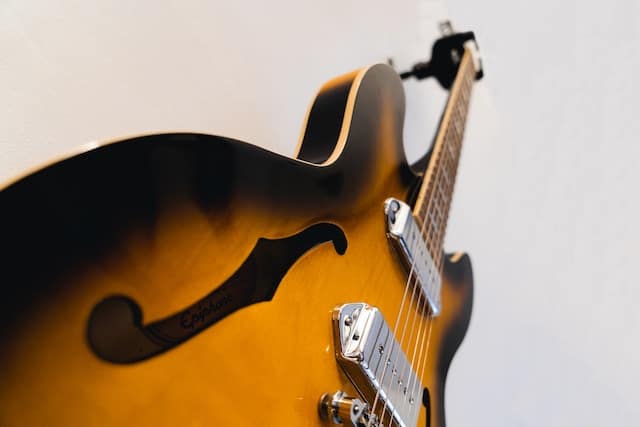Reasons to purchase a mandolin under $500
What reasons do you have to purchase a mandolin under $500? Here are some benefits of staying within this price range:
- Not spending too much money – the obvious advantage is that you won’t be spending a lot of cash on the instrument. That can be suitable if you are a beginner or unsure whether you want to dedicate yourself to playing the mandolin.
- Excellent for learning – if you are only learning how to play mandolin, you don’t need a top-quality instrument. That makes an entry-level unit a perfect fit.
- Great cost and quality ratio – although you won’t spend a lot of money, you will get an instrument that delivers plenty of bang for the buck. As long as you pick carefully, you can expect a long-lasting unit that will serve you for years.
- Admirable sound quality – the sound played by these instruments is amazing. The best mandolins in this category will deliver sound quality that won’t be different from premium units. You just have to pick carefully and stick to the top-rated instruments.
How to find the best mandolin under $500?
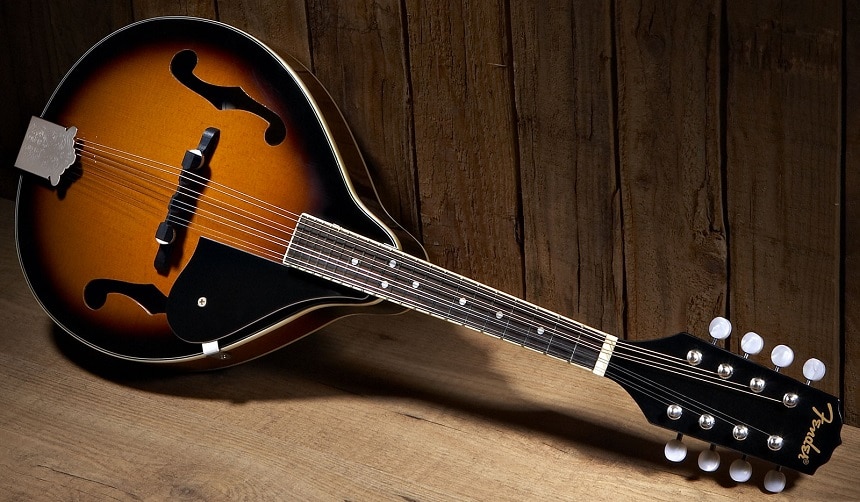
You have numerous factors to consider when choosing a mandolin. The initial thing is whether you want an acoustic instrument or you want to add an electric option to it, too. Once you figure that out, you can consider the desired body shape and quality of construction. That will include the materials, but also the finish because you want the instrument to look great. The quality of the sound needs to be at the top of your priorities, too, and you can consider many other details. Here are the factors that we singled out as the most important during the selection process.
Instrument type
You might think that mandolins are primarily an acoustic instrument, but they’ve come a long way over time. It is why the market offers units that are both acoustic and electric, such as the Oscar Schmidt OM10E A-Style Mandolin.
The type will depend on your preference, but most beginners start with an acoustic mandolin. It is a traditional way of playing this instrument, and the easiest method to learn. Once you get comfortable with playing, you can try out the electric variants. These products offer a sound that is different and unique.
For acoustic-electric instruments, remember that it is important to choose a mandolin that has decent electronics. Otherwise, you might end up stuck with a unit that products a lot of hissing and humming, which will disrupt your playing.
Body shape
Although you have other body shapes, the majority of mandolins feature an A or F-Style design. The main characteristic of the A-style units, such as the Ibanez M510DVS Mandolin, is that they have a mild and bright tone. Thanks to that, they can fit well into any genre, and they are suitable for playing at home and in small rooms. You will find that A-style instruments feature an oval-shaped hole, and they are also more affordable than their counterparts.
The best F-style mandolin under $500 will have a violin-style hole in the middle. This design was first made by Gibson in the 1920s, but many manufacturers jumped on board and started using this trend. Today, F-style instruments feature a choppy and defined sound, which all types of listeners appreciate.
Materials
Let’s clarify one thing – most manufacturers will use wood materials for mandolins, and that is a good call. When it comes to the types of wood for the top, the most common choice is spruce. That is for a good reason since spruce has a dense grain, which delivers articulation and brightness expected by stringed instruments. The Loar LM-110-BRB Honey Creek A-Style Mandolin features a hand-carved solid spruce top.
You have more room to choose when it comes to the back, sides, and neck. Mahogany is a common choice, and the Ibanez M522SBS F-Style Mandolin is proof that it can be a great choice. You can also go for maple or other hardwoods.
As for the fingerboard, rosewood can be a fine example, although ebony can also be a smart pick. The same applies to mandolin bridges.
Finish
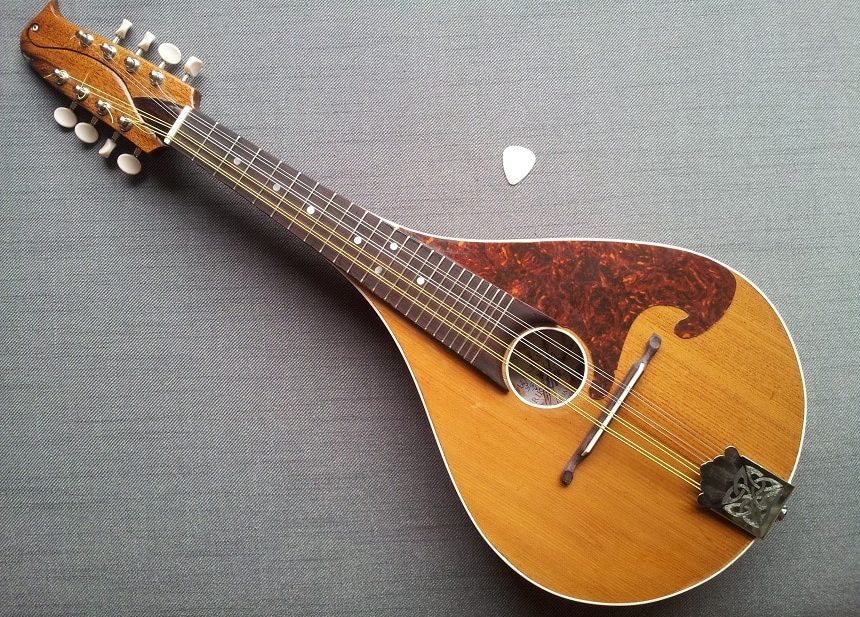
When it comes to the finish, you might think that it is enough to consider the colors selected. However, there is another factor to take into account, and that is the quality of the finish. Some units, including the Kentucky KM-270 8-String Mandolin, feature a lacquer-over-stain, which is incredibly durable. Unlike that, some instruments only have a sprayed-on finish. That is not the best choice since even minor scratches could cause visible damage.
As for the colors, you can’t go wrong as long as it fits your preference. If you prefer a dark color combination, go for it. For example, The Loar LM-110-BRB Honey Creek A-Style Mandolin features a beautiful satin brown burst finish. Alternatively, you can choose a light brown vintage color combination.
Sound
Unfortunately, it isn’t possible to determine the sound quality of a mandolin without actually hearing it. If you are purchasing online, that will be almost impossible.
The good news is that you can find videos and audios of people playing a particular instrument. It is not like listening to live, but it is the closest way to hear the mandolin yourself.
You also have the alternative of checking the feedback. For example, we tried our best to give reliable information about the instruments in this review. You can also check out the opinions posted by those who already tried a particular product. That will tell you what type of sound to expect from the desired mandolin.
What else can be important?
Now that we’ve covered the basics, some other things might be important when choosing a mandolin:
- The number of frets – this will depend on your style of play, and the numbers can go from 15 to 25 or more. Most players find that they don’t need more than 20 frets to actually play the instrument, so the Ibanez M510DVS Mandolin will be a great example here.
- Ease of tuning – most mandolins will require adjusting before the first time you use it. That is why it is important that the tuning process is as simple as possible, such as seen with the Washburn Americana M1SD Mandolin. If you are a beginner, you might still want to leave it to the professionals.
- How well it stays in tune – depending on the mandolin, you might need to adjust it frequently, or it could stay in tune for a long time. Not having to adjust it often will save you some time and effort.







